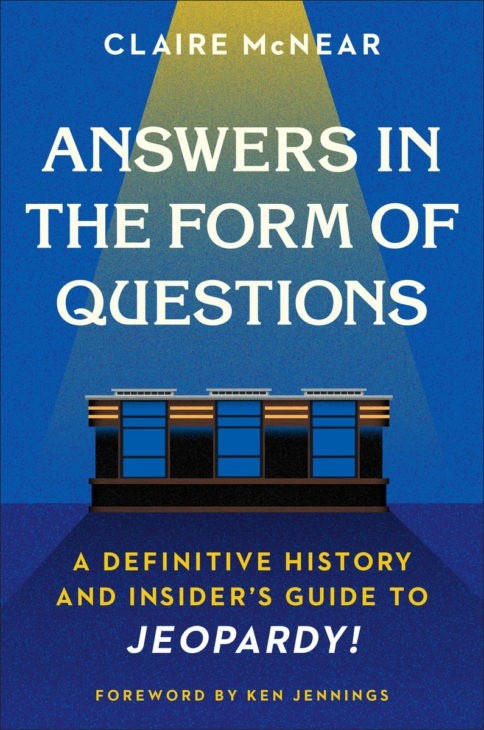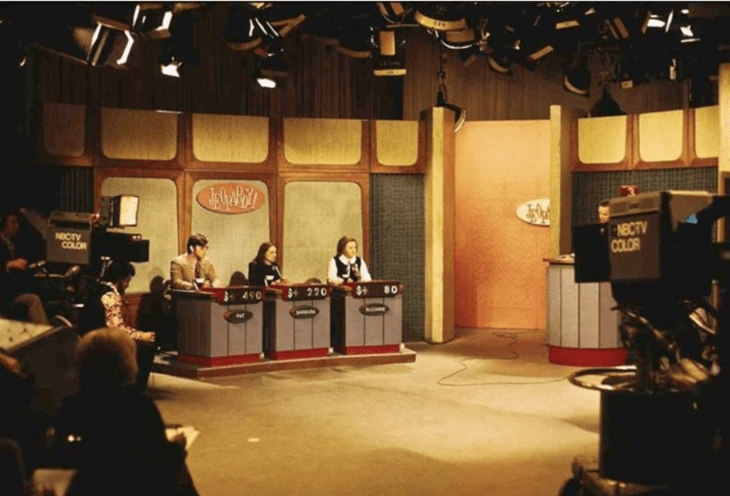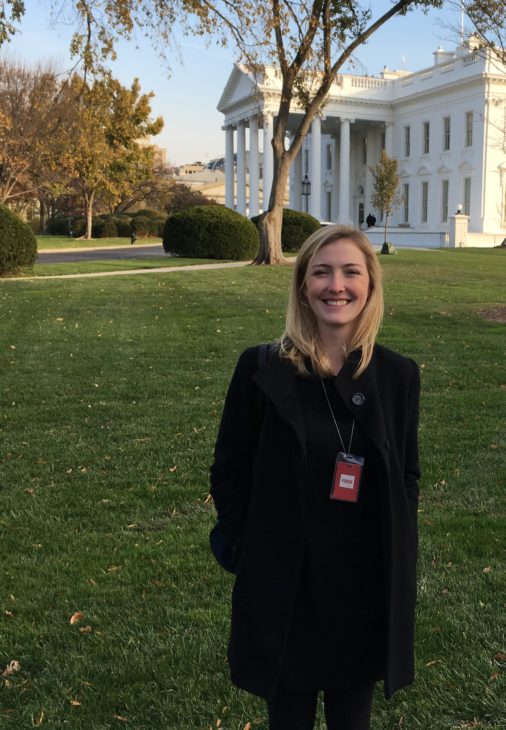
For decades, game shows have been the TikTok of television. Regular old you and I were never going to appear on I Love Lucy or Lost in Space or Breaking Bad, no matter how much we wished we could be Hollywood stars. Life didn’t work that way.
Except, ah! Game shows! The one place where with a mix of luck, talent, and the whimsical finger of fate, regular old you really could go viral, looking sharp on national TV for everyone to see: strangers, parents, old chums, and the girlfriend who dumped you in high school and who will certainly be eating her heart out now that you have won $53,000 and a trip to Jamaica. (It’s a trip for two. Do you think…? Let’s look her up.)
Game shows are fun, but they’re also the realm of aspiration and deep feeling — of the Big Dream. And for more than 50 years, one quiz show has captured the Big Dream in a way none other quite has. It has done so without dice, pyramids, squares, wheels, zonks, whammies, or other gimmicks… with nothing more than answers and questions. Yes, we’re talking about Jeopardy! “The Holy Grail of game shows,” as one contestant in Claire McNear’s new book calls it.

Answers in the Form of Questions, McNear’s “Definitive History and Insider’s Guide to Jeopardy!”, is such a good book because it captures that emotional urgency that contestants bring to the game. Not that the historic facts aren’t interesting — did you know that John McCain was a champion on the show before he spent five years as a Vietnam War POW? — but this book gets inside the Big Dream in a way that other Jeopardy! books haven’t.
The title refers to Jeopardy!’s signature gag: contestants are given the answers and must come up with questions to match. McNear has the lowdown on how this unusual format grew out of the game show scandals of the 1950s, with creator Merv Griffin’s wife saying one day, “Why not give them the answers?” (Fun fact: Merv Griffin also wrote the “Think” music that’s played during Final Jeopardy!, which has on its own earned Merv and his estate 80 MILLION DOLLARS in royalties.)
Salute to McNear for starting off with a nod to the original 1960s version of Jeopardy!, with Art Fleming and Don Pardo as host and announcer. That version is often forgotten now; you’d have to be over 50 now to really have seen Fleming in his prime, but he was an icon in his day. When Alex Trebek took over as host of the revamped show in 1984, many found it as unthinkable as Harry Truman taking over for FDR. The “unctuous” Trebek needed a “dignity transplant” before he could do the job right, one reviewer said. Trebek is still going 36 years later, of course, and so is announcer Johnny Gilbert, age 96 and still toddling up to the microphone to proclaim, “This … is … Jeopardy!”

Jeopardy! in the 1960s (NBC Television)
Those who remember Art Fleming will also remember the simpler-times contestants of the 1960s: salesmen, students and homemakers who pretty much walked on, sat down, and hoped to win a few hundred dollars. (In those days, the losers kept whatever they scored. McNear remembers one contestant who stopped answering as soon as he had enough to buy an engagement ring.)
Not any more. “This is the Moneyball era of Jeopardy!” superchamp Ken Jennings tells McNear. Like baseball, Jeopardy! lends itself to statistical analysis and nerdy overthinking in a way that, say, Wheel of Fortune never has. Today’s all-in contestants are apt to have downloaded tens of thousands of study questions from the fan-created J! Archive, analyzed the placement of Daily Doubles, and pondered the clue-picking strategies of James Holzhauer and the game-theory nuances of Final Jeopardy! betting. (Full disclosure: I should own my own part in that trend as author of Secrets of the Buzzer, a manifesto on buzzing technique. McNear attended a buzzinar I gave at Trivia Nationals in 2019, and reports on it in the book.)
That’s not to mention the ever-longer odds of simply getting on the show. When Jennings first appeared on Jeopardy! in 2003, about 30,000 people a year tried out for the show. This year, with the debut of the new online Anytime Test, nearly 100,000 people took their shot in the first three months, hoping to nab one of just 460 annual contestant slots on the show.
Yet somehow, unlike baseball with its tiresome pitching changes and 4-hour games, Jeopardy! hasn’t let analytics and big numbers mess with its essential charm. Contestants are still thrilled to be there, people of all ages tune in at home, and the show somehow remains an all-American shared experience.
McNear touches on the many fond pop culture tributes to the show, from the beloved Saturday Night Live parodies (“Suck on it, Trebek” — RIP Sean Connery!) to the Jeopardy! shout-outs in Groundhog Day, Rain Man, and Die Hard. The Cliff Claven episode from Cheers is so well known that at the Olympic Jeopardy! Tournament of 1996, contestants from Norway and Germany were quoting it to Canadian champ Robert Slaven and I: “Who are three people who have never been in my kitchen! Ha ha!”
There’s plenty more in this book that I didn’t know: NBA great Kareem Abdul-Jabaar challenging Alex Trebek on the biggest Scandanavian country (and winning), and answering his own name to a basketball question (and losing). That’s good trivia! I didn’t know that Art Fleming died of pancreatic cancer, the same disease that Alex Trebek is so vigorously battling today.

Author Claire McNear, not on the Jeopardy! set
McNear also goes behind the scenes at the show, and discovers that for the people who work there, Jeopardy! has turned into that rarest bird of the entertainment industry: a perfectly steady 9-5 job. “Working for Jeopardy! is an annuity,” Alex Trebek jokes. “You start and you go on forever.” More than a few of today’s Jeopardy! staffers are in their third decade with the show. Many of the production crew tape two days a week on the show, then go next door for two more days taping Wheel of Fortune.
To them it’s a job, but to the rest of us it’s all about the feels: The comfort of tuning in every night. The nerves of taking the Jeopardy! test. The ecstasy of getting “the call” inviting you to be a contestant. Packing changes of clothing in case you win. Walking into that studio and feeling the video-friendly icebox temperatures. Seeing Alex Trebek walk out, right there, 10 feet away on the stage. And maybe, if you are lucky beyond lucky, being moved over to the podium just to Alex’s left and hearing Johnny Gilbert call you “our returning champion.”
Every Jeopardy! contestant also endures, in the end, the crushing blow of losing: of being walked offstage, handed a Jeopardy! tote bag, and sent out the door. The Big Dream is over. Unlike on TikTok, you can’t try again. McNear nicely describes the scene at the hotel bar late on taping days, when winners and losers alike are on the other side of the rainbow: “Ten-ish people who … were crushed about losing on the game show they’d spent so much time trying to get a place on, and another five or so who had, just as suddenly, won a great deal of money. All recovering from near-deadly levels of cortisol; all rejoicing in not yet having to keep the secret of how the day went, as they would with friends and family back home.” All, for the moment, part of a tribe.
Because some contestants triumph, others crash and burn, but there’s one emotion that all contestants share: they wish they could play another game of Jeopardy!
